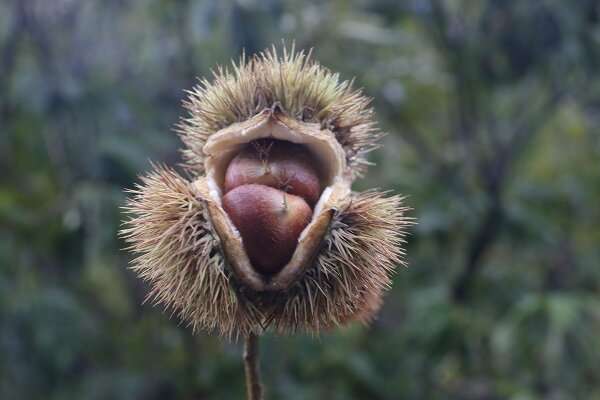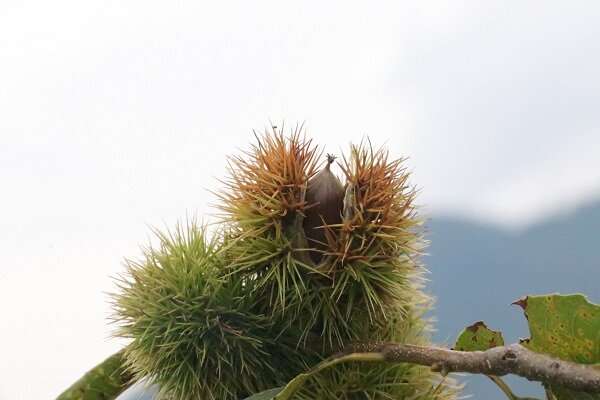Speciation genomics identifies candidate genomic regions responsible for reproductive isolation in chestnut trees

Chinese chestnut trees are thought to be critical for resurrecting wild American chestnut and European chestnut trees. Knowledge of speciation genomics may be of great value to the chestnut forest restoration in Europe and America.
In a study published in Nature Communications, researchers from Xishuangbanna Tropical Botanical Garden (XTBG) used phylogenetic control, the exclusiveness of barrier alleles in the hybrid lineage, and backward simulations to identify/test candidate genomic regions responsible for reproductive isolation between Castanea mollissima and variety henryi of Castanea henryi.
The researchers produced a high-quality genome assembly for C. mollissima using nanopore sequencing data and high-throughput chromosome conformation capture (Hi-C) short reads, and characterized evolutionary relationships among related chestnut taxa.
Based on population genomic datasets, they found that C. henryi var. omeiensis had a distinct genetic structure, and that both of the parental lineages contributed substantial genomic material to the hybrid lineage.
Then the researchers tested the polygenic barrier model and identified candidate barrier genomic regions between C. henryi var. henryi and C. mollissima.
Further, they tested the hypothesis of homoploid hybrid speciation for C. henryi var. omeiensis using multiple population genomic approaches and simulation-based tests. Barrier effects in candidate regions separating C. mollissima and C. henryi var. henryi would continue to exclude unfit mixed alleles from C. henryi var. omeiensis. That is, the hybrid lineage had inherited preexisting genetic barriers from its two parents and supported the hypothesis of homoploid hybrid speciation.
"Our study highlights the importance of using phylogenetic information in identifying molecular segments involved in reproductive isolation, and further we find the non-uniform distribution of reproductively barrier loci across the chestnut genome," said Dr. Sun Yongshuai, principal investigator of the study.

More information: Yongshuai Sun et al. Genomic basis of homoploid hybrid speciation within chestnut trees, Nature Communications (2020). DOI: 10.1038/s41467-020-17111-w
Journal information: Nature Communications
Provided by Chinese Academy of Sciences


















